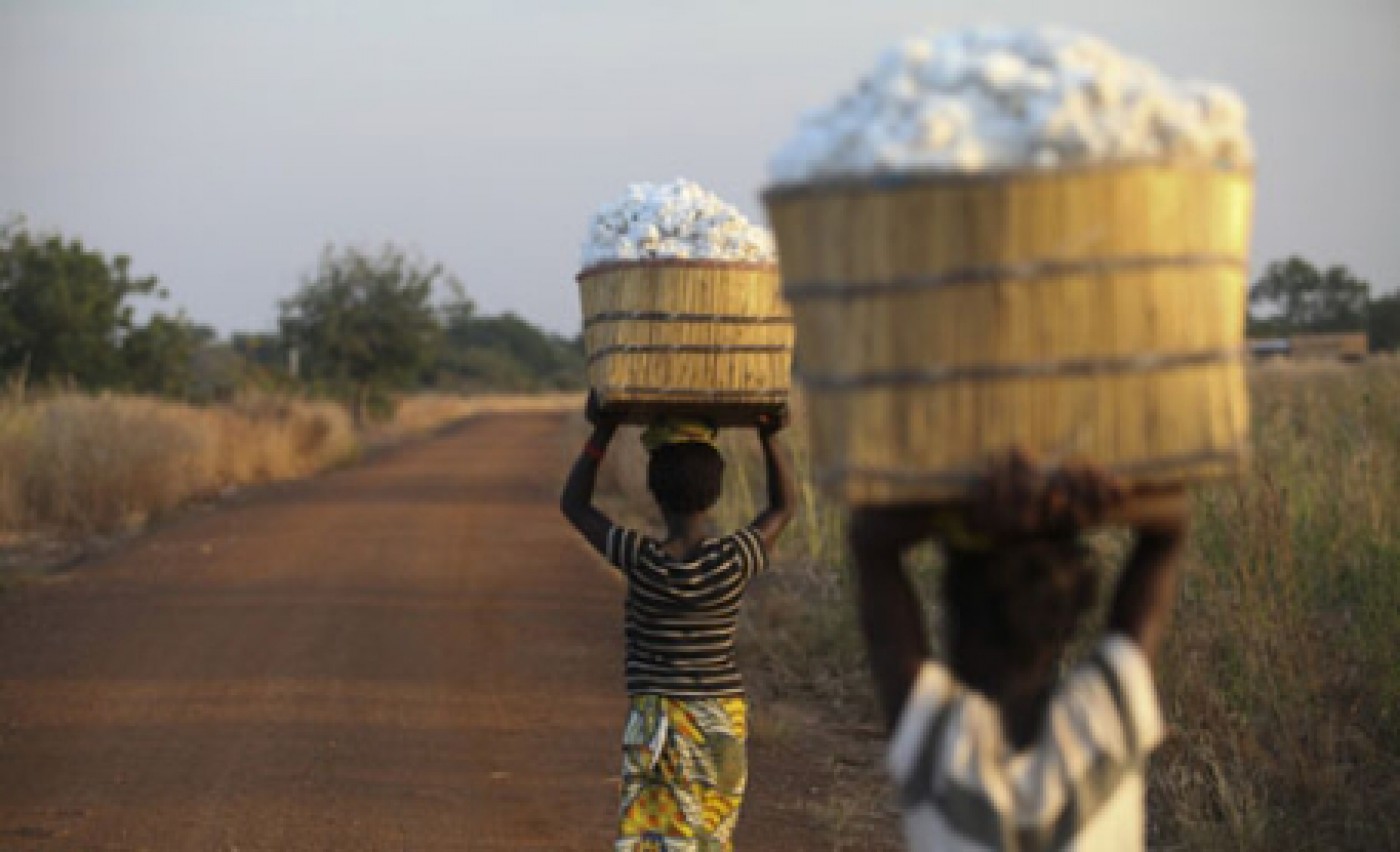Concerns of child labour have been a pressing issue since the 1990s. Through social media, we see the results of globalization which is child labour. At the turn of the century, the International Labour Organization (ILO) was established and put in place to provide protection for welfare workers, and focused primarily on child labour. The ILO defines child labour as those who are working in hazardous occupations such as trafficking, prostitution, illegal activity, and any form of work that may harm the child’s health, safety and morals. Child labour can also be defined as those who are working under the minimum employment age which is generally 14. Without realizing it, we often buy products that were associated with child labour. A popular one would be the clothing industry, specifically Forever 21.
Forever 21 is known for their trendy style clothing that sells for an extremely low pricing. The question that is often raised is “how are they able to make and sell their clothing so cheaply?” It’s very simple, Forever 21 taking advantage of child labour; they are also cheating their employees of their pay. At most locations, Forever 21 chain in-store employees are minimum waged high school students who do not understand their employment rights. According to Huffington Post, Forever 21 forces their employees to work off the clock and revoke their meal breaks. A recent lawsuit alleges that the company “systematically failed to pay them for hours worked.” After a lawsuit in 2001, Forever 21 moved most of their production to Asia where American workers complained about the sweatshop conditions. Not only has this, but labour expert Robert Ross stated that Forever 21’s factories attract an unusually high amount of complaints. In the fall of 2011, the International Labour Rights Forum tried to persuade Forever 21 to join forces with them just like GAP, Levi’s, American Eagle Outfitters and other retail companies to commit to an agreement to cease purchasing cotton from Uzbekistan factories. They created this commitment because forced child labour occurs in the cotton fields of Uzbekistan. This demonstrates the conflict theory because the elite, Uzbekistan government, have power over the poor, millions of children who are taken out of school to work in cotton fields. Unfortunately, Forever 21 did not agree upon this act. This news went viral because the International Labour Rights Forum publicized how greedy Forever 21 is after they refused to join other retailers. A factory worker for Forever 21 reports to Bloomberg Business Week that she was only being paid 12 cents per vest she sewed that was sold for $13.80 which means that it would take her a grand total of 67 hours to earn a minimum wage of $8. This demonstrates the greed and negligence found in the leaders of Forever 21.
Although child labour is a sensitive topic where most people want to eliminate, we have to also consider the flip side of this issue—some children volunteer to work because that is the only source of their family’s income. There is a possibility that children who work in sweatshops for Forever 21 are doing so for their family. In the article “Working children as Social Subjects: The Contribution of Working Children’s Organizations to Social Transformation” by Liebel (2003) uses social genealogy (a critical theory where adults are valued over children, youth, and elderly) and conflict theory to challenge functionalism by demonstrating the roles of the children and adult in a social hierarchy. This article demonstrates that there are working children in third world countries who are not forced into labour, but are determined to have equal rights as adults and to have their voices heard when it comes to decision making.
All in all, child labour is a global issue that is slowly declining since the turn of the century due to organizations such as the ILO who created policies to protect working children. Another factor that has lowered the trend of child labour is providing a mandatory education to children all around the world. However, there are still many cases where children are forced into labour such as the children who work in the cotton fields of Uzbekistan. Often times, society will perceive children as individuals who cannot voice out their opinion and even if they do, their thoughts are not taken seriously because they are “too young or too immature”. This is proven to be wrong and it is seen in Liebel’s article, the working children are fighting for their voices to be heard and to be able to have equal rights as adults.
Video on child labour in Uzbekistan:

I really appreciate how you took an idea of developing countries child labour like sweats shops and also incorporated how it affects youth in our Western society. It was a very interesting fact that not only does Forever 21 incorporate child labour in the making of their clothes in Asia but also by using including how they take advantage of the immaturity or lack of knowledge of working right that younger/youth workers might have. This whole idea of Forever 21 taking advantage of children may suggest the social genealogy theory as it shows the power and knowledge adults have over children to use them in child labour or unfair work conditions/environments.
– Brittany
LikeLike
What a Joke! I am so upset to learn that such a popular store that many are taking a liking in, is using something so cruel!
LikeLike